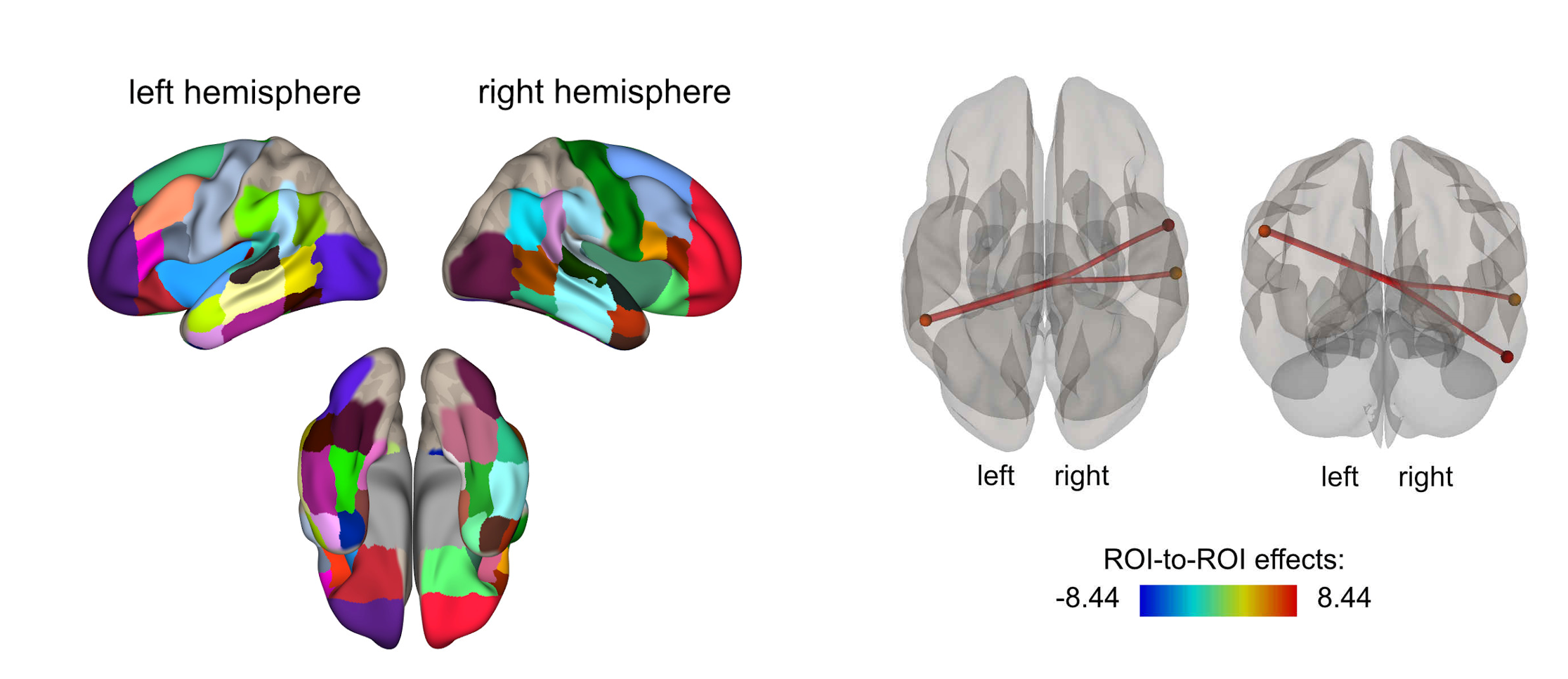
Several projects of our research group aim to shed light on the relationship between anatomical and functional characteristics of the fetal brain and later functional language localization, formation of language-related white matter bundles, and language abilities in healthy children. This knowledge aims to facilitate the development of early diagnostic markers of the maturity and integrity of the neural correlates of language.
Funded projects:
Selected publications:
- Mandl S, Alexopoulos J, Doering S, Wildner B, Seidl R, Bartha-Doering L (2024) The effect of prenatal maternal distress on offspring brain development: A systematic review. Early Human Development 192: 106009. DOI: 10.1016/j.earlhumdev.2024.106009
- Bartha-Doering L, Kollndorfer K, Schwartz E, Fischmeister F, Langs G, Weber M, Lackner-Schmelz S, Kienast P, Stümpflen M, Taymourtash A, Mandl S, Alexopoulos J, Prayer D, Seidl R, Kasprian G (2023) Fetal temporal sulcus depth asymmetry has prognostic value for language development. Communications Biology 6: 109. DOI: 10.1038/s42003-023-04503-z
- Stuempflen M, Schwartz E, Diogo M, Glatter S, Pfeiler B, Kienast P, Taymourtash A, Schmidbauer V, Bartha-Doering L, Krampl-Bettelheim E, Seidl R, Langs G, Prayer, Kasprian G (2023) Fetal MRI based brain atlas analysis detects initial in utero effects of prenatal alcohol exposure. Cerebral Cortex 33:6852-6861. DOI:10.1093/cercor/bhad005
News & Media on this project:
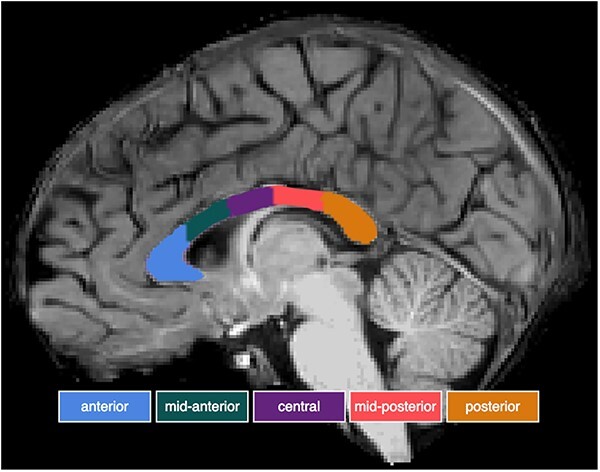
The corpus callosum represents the major interhemispheric white matter tract and plays an important role in the transmission of signals between hemispheres. The corpus callosum is thought to influence language abilities through its involvement in the development of the functional network organization. We are interested in the specific role of the corpus callosum in the functional organization between hemispheres from fetal stage to adulthood. For this aim, we investigate structural and functional neural connectivity and language development in children with corpus callosum agenesis. Moreover, we examine the association of language abilities and neural features of the corpus callosum in typically developing children.
Funded projects:
Selected publications:
-
Bartha-Doering L, Roberts D, Baumgartner B, Yildirim MS, Giordano V, Spagna A, Pal-Handl K, Javorszky SM, Kasprian G, Seidl R (2024) Developmental Surface Dyslexia and Dysgraphia in a Child with Corpus Callosum Agenesis: An Approach to Diagnosis and Treatment. Cognitive Neuropsychology accepted. DOI: 10.1080/02643294.2024.2368876
-
Mandl S, Kienast P, Kollndorfer K, Kasprian G, Weber M, Seidl R, Bartha-Doering L (2023) Larger corpus callosum volume is favorable for theory of mind development in healthy children. Cerebral Cortex 33: 11197-11205. DOI: 10.1093/cercor/bhad353
-
Bartha-Doering L, Kollndorfer K, Schwartz E, Fischmeister FPS, Alexopoulos J, Langs G, Prayer D, Kasprian G, Seidl R (2021) The role of the corpus callosum in language network connectivity in children. Developmental Science 24: e13031. DOI: 10.1111/desc.13031
Bartha-Doering L, Schwartz E, Kollndorfer K, Fischmeister FPS, Novak A, Langs G, Werneck H, Prayer D, Seidl R, Kasprian G (2021) Effect of corpus callosum agenesis on the language network in children and adolescents. Brain Structure and Function 226: 701-713. DOI: 10.1007/s00429-020-02203-6
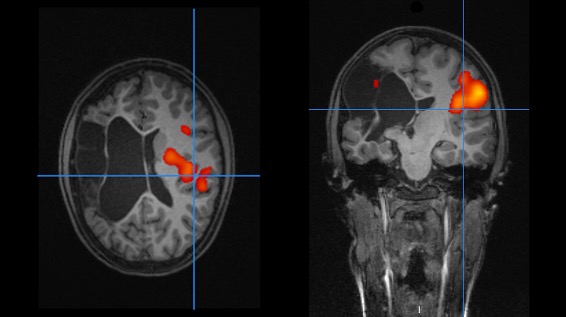
- We are interested in the relationship between neural language localization and language functioning in children with very early brain pathologies. We therefore use fNIRS, fMRI, and comprehensive neuropsychological measurements to investigate the language network and language abilities in neonates, infants, and toddlers up to teens and young adults with different brain pathologies.
Funded projects:
Selected Publications:
Kollndorfer K, Fischmeister FPhS, Novak A, Seidl R, Kasprian G, Bartha-Doering L (2025) The impact of lesion size on executive function performance in children and adolescents after pediatric stroke. European Journal of Paediatric Neurology in press. DOI: 10.1016/j.ejpn.2025.02.006
Mandl S, Novak A, Kollndorfer K, Seidl R, Bartha-Doering L (2023) Visuospatial processing skills following unilateral arterial ischemic stroke in childhood. European Journal of Paediatric Neurology in press. DOI: 10.1016/j.ejpn.2023.01.008
Bartha-Doering L, Gleiss A, Knaus S, Schmook MT, Seidl R (2020) Influence of socioeconomic status on cognitive outcome after childhood arterial ischemic stroke. Developmental Medicine and Child Neurology, 63(4):465-471. DOI: 10.1111/dmcn.14779.
Bartha-Doering L, Novak A, Kollndorfer K, Schuler AL, Kasprian G, Langs G, Schwartz E, Fischmeister FPS, Prayer D, Seidl R (2019) Atypical language representation is unfavorable for language abilities following childhood stroke. European Journal of Paediatric Neurology 23: 102-116. DOI: 10.1016/j.ejpn.2018.09.007
Licandro R, Nenning KH, Schwartz E, Kollndorfer K, Bartha-Doering L, Langs G (2016) Changing Functional Connectivity in the Child's Developing Brain Affected by Ischaemic Stroke. Proceedings of MICCAI 2016.
News & Media on this project:
- Press release
- Newspaper articles: Link
In close collaboration with Christoph Reuter from the Musicological Department of the University of Vienna and Matthias Bertsch from the Department of Music Physiology, University of Music and Performing Arts Vienna, we investigate sound and noise environment of preterm born infants nursed within an incubator at the NICU and its influence on cognitive development.
Selected publications:
- Stummer S, Reuter C, Czedik-Eysenberg I, Bertsch M, Klebermass-Schrehoff K, Mader J, Buchmayer J, Bartha-Doering L, Berger A, Giordano V (2024) Every breath you take. Frontiers in Pediatrics 12: 1379249. DOI: 10.3389/fped.2024.1379249
- Reuter C, Bartha-Doering L, Czedik-Eysenberg I, Maeder M, Bertsch M, Bibl K, Deindl P, Giordano V (2023) Living in a box – understanding acoustic parameters in the NICU environment. Frontiers in Pediatrics 11: 1147226. DOI: 10.3389/fped.2023.1147226
-
Giordano V, Luister A, Reuter C, Czedik-Eysenberg I, Singer D, Steyrl D, Vettorazzi E, Deindl P (2022) Audio feature analysis for acoustic pain dedection in term newborns. Neonatology 119:760-768. DOI: 10.1159/000526209
-
Bertsch M, Reuter C, Czedik-Eysenberg I, Berger A, Olischar M, Bartha-Doering L, Giordano V (2020) The "Sound of Silence" in a neonatal intensive care unit - Listening to speech and music inside an incubator. Frontiers in Psychology 11:1055. DOI: 10.3389/fpsyg.2020.01055
News & Media to this research:
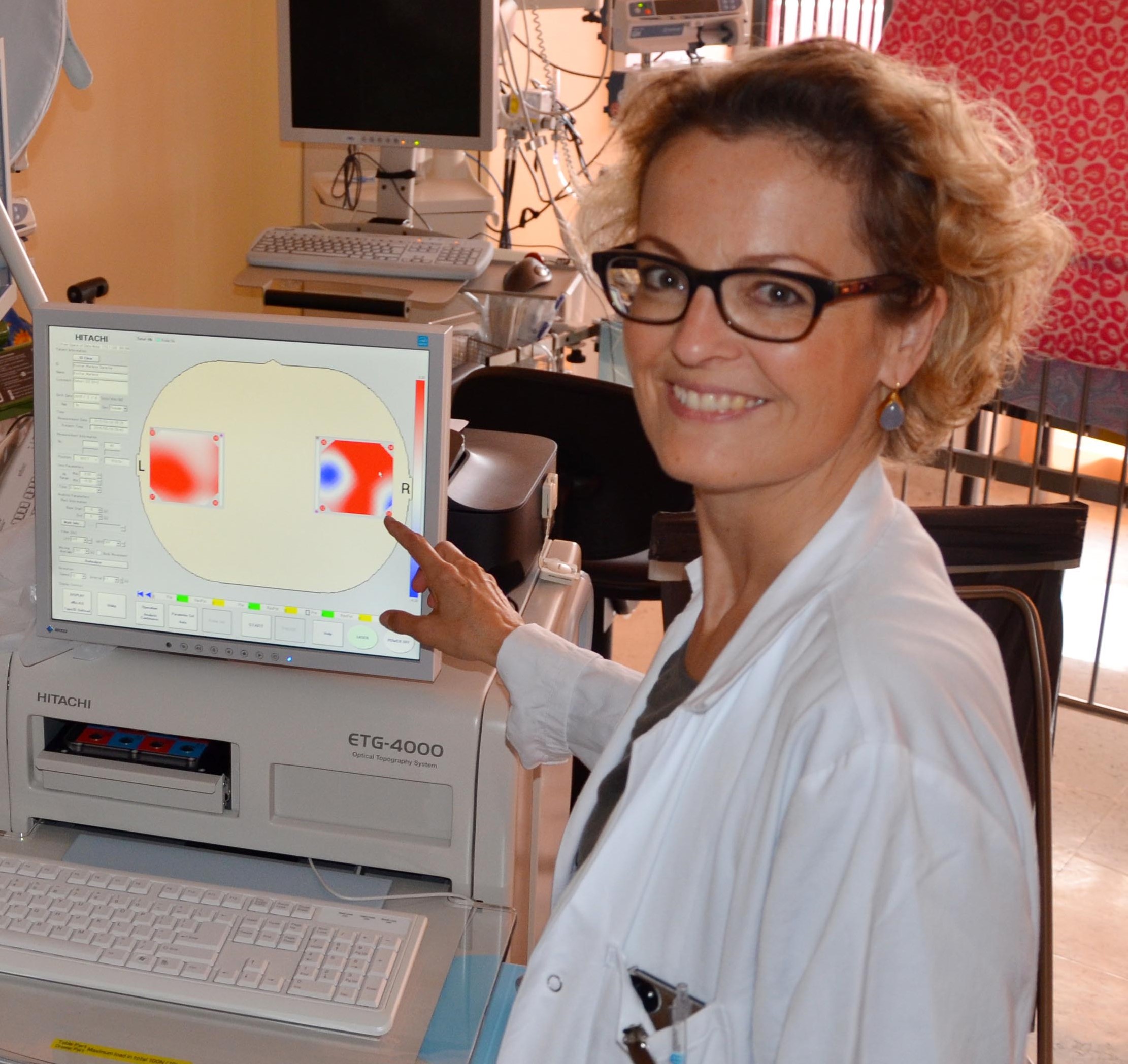
Language deficits are among the most commonly reported neurodevelopmental deficits in preterm born children. In a large longitudinal study, we investigate preterm born neonates using fNIRS and assess their language development years later with the aim to find early neurobiological markers of later language deficits. Early detection of deficits enhances early intervention possibilities and thus increases the chance to ameliorate language developmental delays.
Selected publications:
-
Bartha-Doering L, Giordano V, Mandl S, Benavides-Varela S, Weiskopf A, Mader J, Andrejevic J, Adrian N, Ashmawy LE, Appel P, Seidl R, Doering S, Berger A, Alexopoulos J (2025) Lateralization of Neural Speech Discrimination at Birth Is a Predictor for Later Language Development. Developmental Science 28:e13609. DOI: 10.1111/desc.13609
-
Alexopoulos J, Giordano V, Doering S, Seidl R, Benavides-Varela S, Russwurm M, Greenwood S, Berger A, Bartha-Doering L (2022) Sex differences in neural processing of speech in neonates. Cortex 157: 117-128. DOI:10.1016/j.cortex.2022.09.007
-
Alexopoulos J, Giordano V, Janda C, Benavides-Varela S, Seidl R, Doering S, Berger A, Bartha-Doering L (2021) The duration of intrauterine development influences discrimination of speech prosody in infants. Developmental Science 4: e13110. DOI: 10.1111/desc.13110
-
Giordano V, Alexopoulos J, Spagna A, Benavides-Varela S, Peganc K, Kothgassner OD, Klebermass-Schrehof K, Olischar M, Berger A, Bartha-Doering L (2021) Accent discrimination abilities during the first days of life: An fNIRS study. Brain and Language 223:105039. DOI: 10.1016/j.bandl.2021.105039
-
Bartha-Doering L, Alexopoulos J, Giordano V, Stelzer L, Kainz T, Benavides-Varela S, Wartenburger I, Klebermass-Schrehof K, Olischar M, Seidl R, Berger A (2019) Absence of neural speech discrimination in preterm infants at term-equivalent age. Developmental Cognitive Neuroscience 39: 100679. DOI: 10.1016/j.dcn.2019.100679
News & Media on this project:
- Press release
- Newspaper articles, interviews: Link, LInk
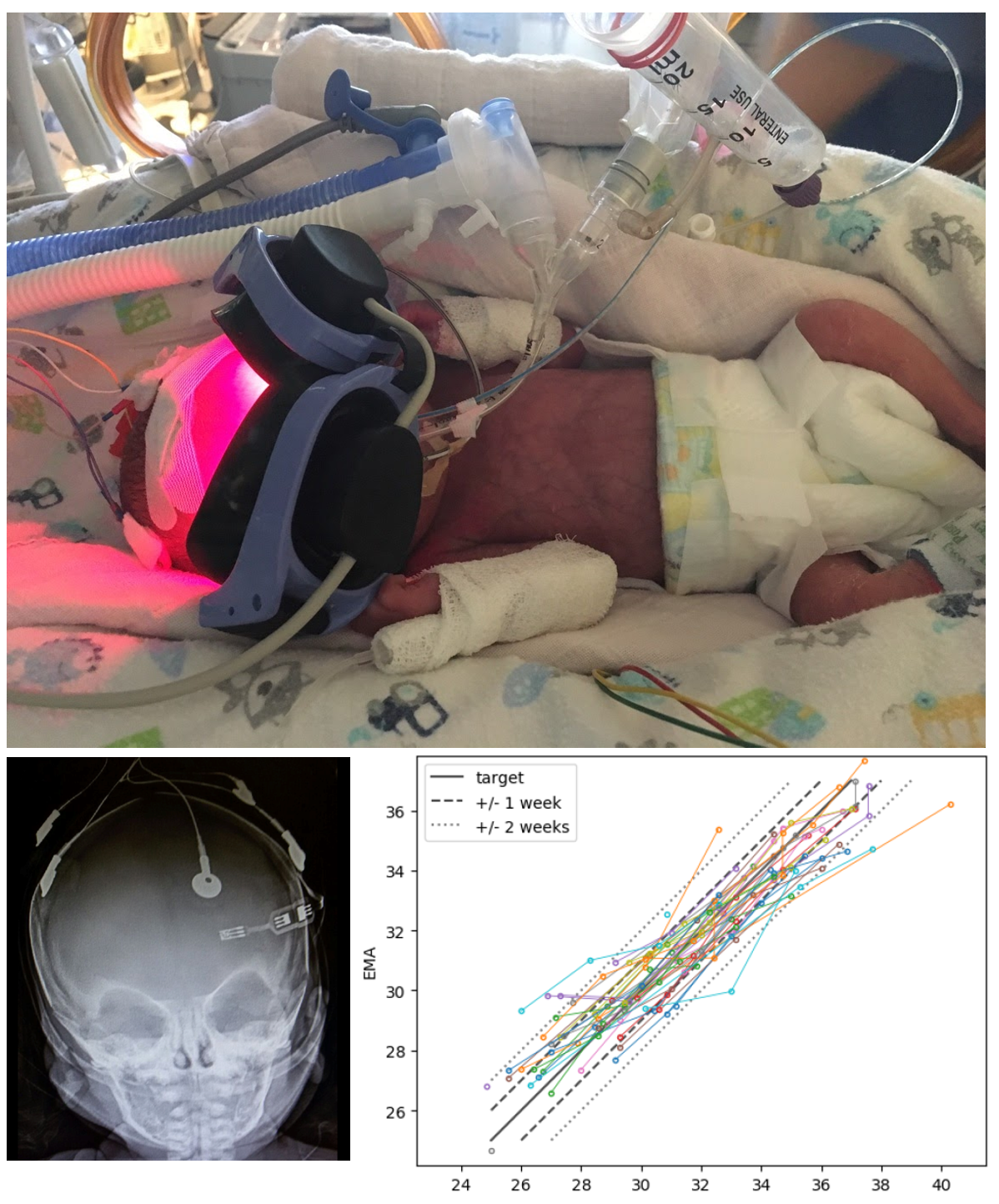
In cooperation with Manfred Hartmann from the Austrian Institute of Technology (AIT), we develop automated EEG trend analyses by using machine learning methods with the aim to a) get information on brain maturation, b) detect brain abnormalities/injuries, c) determine timing and evolution of brain injuries, d) determine timing of intervention, e) help making decision on therapy continuation/adaptation, and f) add prognostic value.
Funded projects:
Selected Publications:
- Mader J, Hartmann M, Dressler A, Oberdorfer L, Rona Z, Glatter S, Czaba-Hnizdo C, Herta J, Kluge T, Werther T, Berger A, Koren J, Klebermass-Schrehof K, Giordano V (2024) Adaptive threshold algorithm for detecting EEG-interburst intervals in extremely preterm neonates. Physiological Measurement 45:095017. DOI: 10.1088/1361-6579/ad7c05
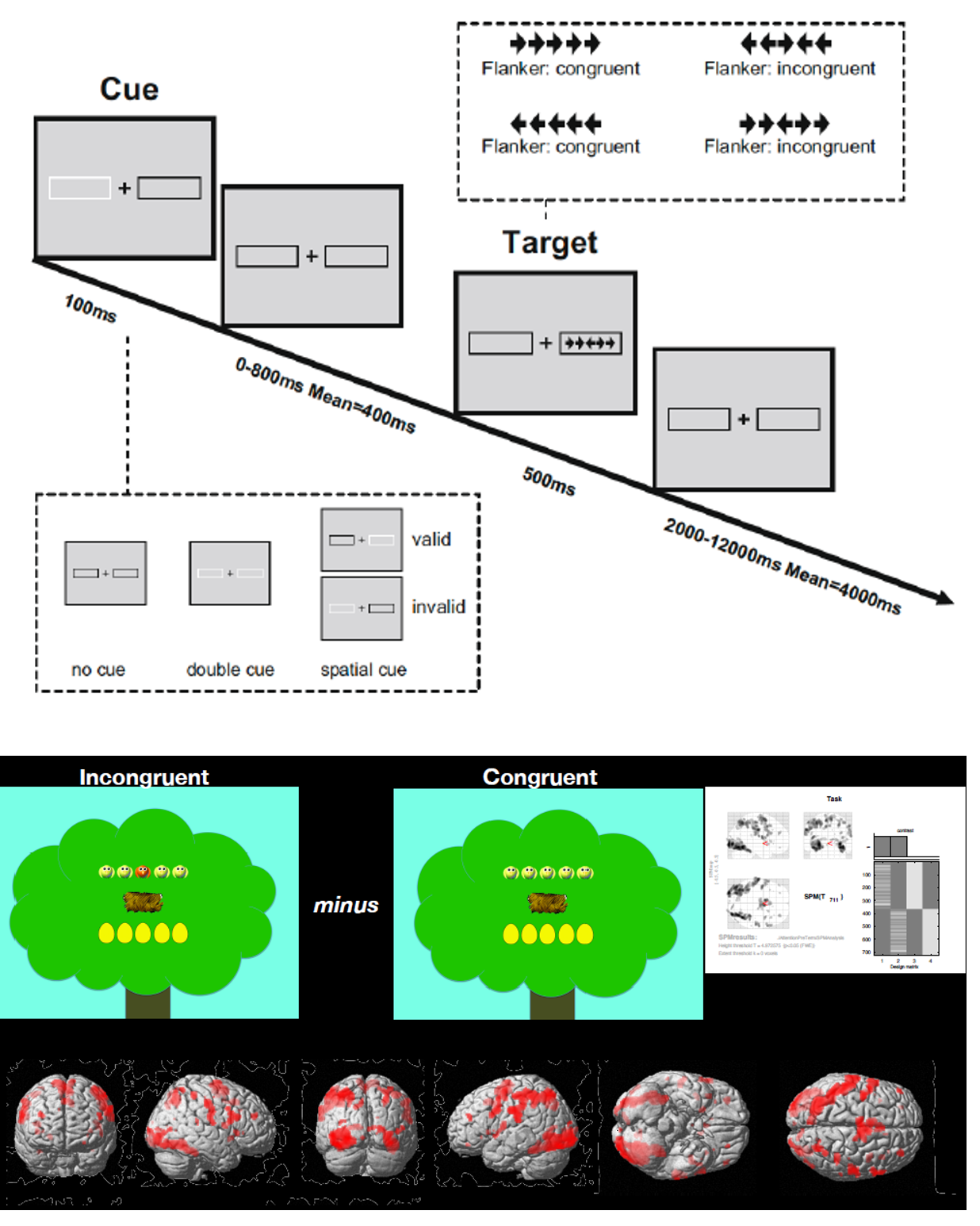
Attention is a core neuropsychological component, and a prerequisite for good cognitive functioning, allowing one to think and act in flexible and complex ways, to establish goals of an action, and to organize oneself in conflictual situations. It also works as a filter for further intellectual abilities. Attentional problems can directly or indirectly lead to problems in other cognitive domains, as well as to developmental and psychiatric disorders, for example oppositional behavior disorder, hyperactivity, anxiety, and depression. Thus, attention deficits can have a significant impact on the daily life of children and adults. We are interested in the developmental trajectories of attention, from preterm born neonates to children and adolescents. With this knowledge, we aim at developing early detection of attentional deficits and early intervention in affected children.
Selected publications:
-
Giordano V, Fuiko R, Leiss U, Brandstetter S, Hayde M, Bartha-Doering L, Klebermaß-Schrehof K, Weiler LJ (2017) Differences in attentional functioning between preterm and full-term children underline the importance of new neuropsychological detection techniques. Acta Paediatrica 106:601-611. DOI: 10.1111/apa.13723
-
Casagrande M, Marotta A, Martella D, Volpari E, Agostini F, Favieri F, Forte G, Rea M, Ferri R, Giordano V, Doricchi F, Giovannoli J (2022) Assessing the three attentional networks in children from three to six years: A child-friendly version of the Attentional Network Test for Interaction. Behavioral Research Methods 54(3):1403-1415. DOI: 10.3758/s13428-021-01668-5

"Until the beginning of the 20th century, it was widely accepted that newborn infants, especially those born preterm, did not feel pain and that the administration of sedative and analgesic drugs had more harmful than beneficial effects. This concept was mainly supported by the fact that the thalamo-cortical connections – which are essential for the perception of pain at a cortical level – are absent or still developing in the preterm brain. However, that way of thinking has changed radically in recent years as neonates, particularly infants born preterm, began to be considered as developing beings where some elements were immature but certainly not interactive." (Giordano et al., Dev Med Child Neurol 2023, p.1043)
We are thus interested in the early pain experiences of preterm born neonates nursed within the neonatal intensive care unit and their influence on developmental outcomes.
Selected publications:
- Giordano V, Luister A, Vettorazzi E, Wonka K, Pointner N, Steinbauer P, Wagner M, Berger A, Singer D, Deindl P (2024). Comparative analysis of artificial intelligence and expert assessments in detecting neonatal procedural pain. Scientific Report 14: 20374. DOI: 10.1038/s41598-024-71278-6
- Giordano V, Deindl P, Gal E, Unterasinger L, Fuiko R, Steinbauer P, Weninger M, Berger A, Olischar M (2023) Pain and neurodevelopmental outcomes of infants born very preterm. Developmental Medicine and Child Neurology 65:1043-1052. DOI: 10.1111/dmcn.15505
-
Giordano V, Luister A, Reuter C, Czedik-Eysenberg I, Singer D, Steyrl D, Vettorazzi E, Deindl P (2022) Audio feature analysis for acoustic pain dedection in term newborns. Neonatology 119:760-768. DOI: 10.1159/000526209
-
Giordano V, Edobor J, Deindl P, Wildner B, Goeral K, Steinbauer P, Werther T, Berger A, Olischar M (2019) Pain and Sedation Scales for Neonatal and Pediatric Patients in a Preverbal Stage of Development (2019) A Systematic Review. JAMA Pediatrics 173: 1186-1197. DOI:10.1001/jamapediatrics.2019.3351
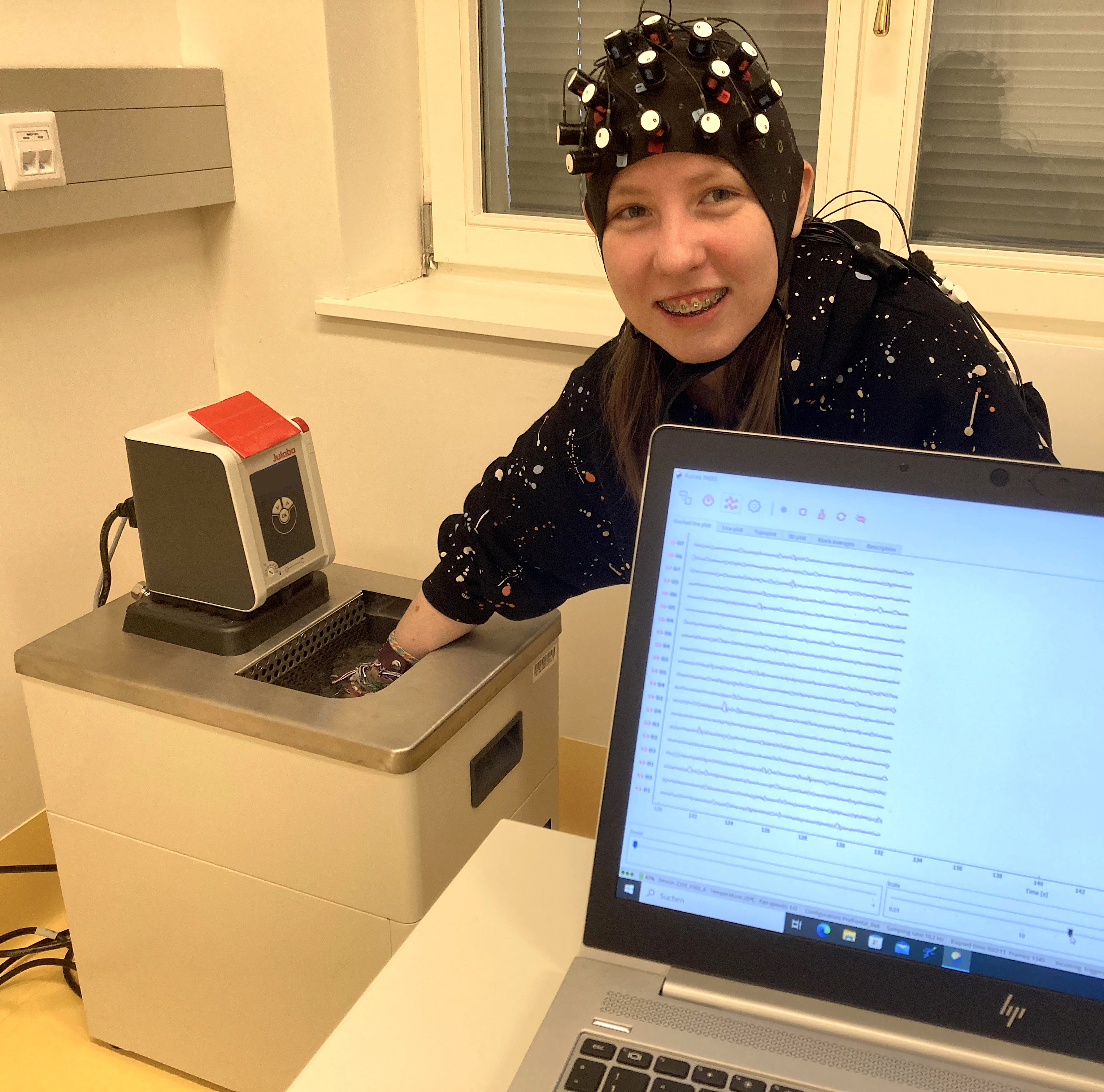
Preterm infants often face significant pain during their hospital stay due to necessary medical procedures. However, the long-term effects of these early pain experiences on stress responses and behavioral development are not yet fully understood. Therefore, we, the University Hospital for Pediatrics and Adolescent Medicine, in collaboration with the University Hospital for Child and Adolescent Psychiatry, are conducting a study on this subject.
The aim of the study is to gain insight into the potential long-term effects of early pain on the development of preterm infants. We seek to better understand whether and to what extent such experiences influence long-term stress responses and behavioral development. Through this research, we aim to enhance future medical treatments and care strategies, promoting the well-being of preterm infants while minimizing potential long-term negative effects.
